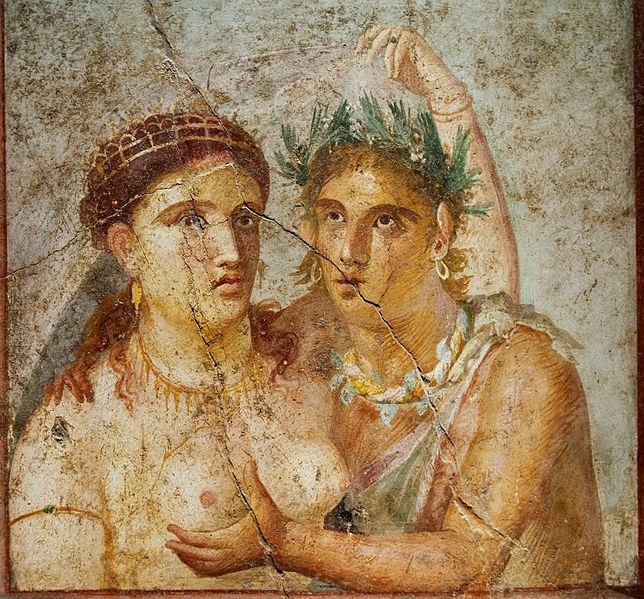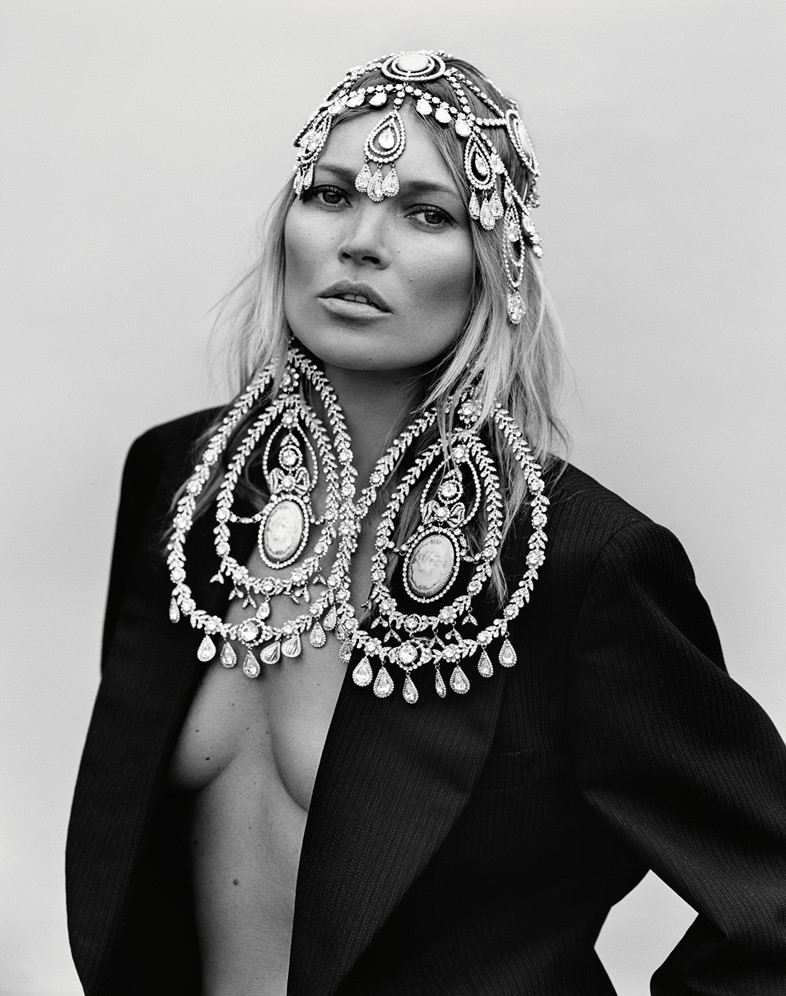A Transient History of Piercings9 Images
Welcome to Beauty School, the corner of Dazed Beauty dedicated to learning. From guides to histories, that is where we make clear past subcultural movements and educate our readers on current trends and various goings-on.
When growing up within the 90s and 00s, giving parents a piercing scare was somewhat of a rite of passage. Whether insisting on a lip piercing after the discharge of Christina Aguilera’s “Dirrty” or coming home with a pierced navel to recreate Britney’s My Prerogative album cover; popular culture was awash with teen-influencing piercing inspiration. While that era is now often known as the golden age of contemporary piercing, today’s trends show that bodily bars, rings, and studs are removed from falling out of fashion. Your mum might pull a face in the event you come home with a piercing, but the overall reactions to piercings are nowhere near as visceral today as they might have been within the not-so-distant past.
It was an unlikely British royal who became the face of piercing’s modern rebirth. No, not Prince Albert (his famed penis piercing is, actually, a myth). Fairly, the current monarch, Queen Elizabeth II. Although piercings were then considered crass, on coronation day Elizabeth desired to exhibit the seldom-used earrings that were a component of the crown jewels. This, explains body piercer, anthropologist, and piercing historian Paul King, is when all of it modified: “When the richest and arguably strongest woman on the earth had her ears pierced, it turned all prevailing notions about piercings on their head.” But in fact, the English Queen was not at all the inventor of pierced skin.

Piercings have a protracted and wealthy, cultural and spiritual history. From the polar regions to the pacific islands, they go further back than Ancient Egyptians. “I can safely say piercings are pre-historic and human stays suggest body modification goes back 25,000 years,” King says. Subtle studs were worn within the ears of Ancient Romans and the penises of certain Romans were pierced too; seen as a approach to control sexuality, penis piercing was believed to stop slaves procreating, stop athletes using up precious testosterone, and keep singer’s voices high-pitched.
Before Spain’s arrival in Mesoamerica, craftspeople manufactured jewellery for piercings en masse using jade and organic glasses. Even here on the British Isles, indigenous people wore ear stretchers before the times of the Roman invasion. It was the ideology that got here together with the Romans that will prove to be the most important blockade to piercing’s progression: Christianity.
Seen as pagan and subversive, piercings became a threat to Christian values. “The concept is that the body is made in God’s image and is ideal and shouldn’t be altered,” King explains. Dr Alexander Edmonds, anthropology professor on the university of Edinburgh explains this only intensified with the rise of protestantism within the UK, instilling a deep mistrust of anything overly flamboyant (related to Catholics and Rome). “When people got pierced it may very well be seen as a rejection of that Judeo-Christian view of the body. It was practised by sex staff, by sailors, individuals who were marginal ultimately,” he adds.


But notions of acceptability ebbed and flowed over time. Like many hip seventeenth century creatives, William Shakespeare had his ear pierced – but just 50 years later that will be seen as wildly seditious. As Britons marauded the globe, piercings became yet one more way colonialists could assert their supposed superiority and indicate difference as an excuse to commit atrocities. Take India, where some Hindu worshippers had been piercing skin with hooks for thousands of years for warding off smallpox and honouring deities. With invasion, got here the injection of British sensibilities says King. “Even the upper castes and classes of lighter-skinned Indians would look down on what became predominantly a Tamil practice, a darker skin practice,” he explains. Nose rings were popular in South Asia, and still are today. Nevertheless, the legacy of piercings and disdain for them is tied up with racism, classism “and Britain’s famous stiff upper lip mentality,” adds Dr Edmonds.
In actual fact, it was an orientalist fascination with Indian women that catalysed the prevalence of nose piercings within the west. It began with a French performer named Mademoiselle Polaire. With a waist manipulated right down to 14 inches, nose rings, and a pet pig, she was a singer who within the 1910s and 20s marketed herself because the ‘ugliest woman on the earth’ – problematically, her look included using a South Asian-inspired nose ring to look more exotic. Fast-forward to the Nineteen Sixties, India was now independent, free-love was flowing within the west and young hippies began globe-trotting. “Again, nose rings began to choose up; it was definitely a mimicry of the practices of South Indian women having their noses pierced. Western women desired to adopt that into fashion,” says King.
However the practice was still inextricably stuck to subcultures and procedures were mostly going down underground. “The vast majority of people were piercing themselves or had a friend brave enough to do it for them. Safety precautions were varied, it resulted in a number of infections and inappropriate placements,” says Brian Skellie, veteran piercer and board member of the Association of Skilled Piercers. In 1975, that each one modified. It was the 12 months the Gauntlet opened on Santa Monica Boulevard on the US’s west coast. Manned by early members of the BDSM and S&M community, the Gauntlet was the country’s first piercing shop. It was to be these groups and the punk community who would also make up the primary clientele. For them, piercings acted as a approach to signify affiliation with their communities. “When piercers from the Gauntlet did travelling piercing clinics at retail BDSM shops, the community would line up out the door for appointments,” says King. It was fitting then, that it was a gay man named Jim Ward, dubbed the grandfather of the trendy piercing movement (and owner of the Gauntlet), who brought piercing out of the closet.
Just a few years later, Britain’s very own Jim, a piercer by the name of Mr Sebastian arrange shop in south London. Throughout the 70s and 80s, subcultures and piercing went hand-in-hand. Nipples, septum, genitals, just about every bit of skin you can pinch could now be pierced. “From dog collars to septum rings, Malcom McLaren, Vivienne Westwood, these designers borrowed from the BDSM and punk communities,” says King. This is able to set the stage for the 90s, which got here to be often known as the golden decade of piercing.
“We don’t do the identical quantities of piercings today. Within the mid-90s, a piercer may be doing as much as 50,” King tells us. Now, music was a driving force. Think Blink 182’s Travis Barker, The Prodidgy’s Keith Flint and The Cranberries’ Dolores O’Riordan. But there was one pop cultural moment that was arguably an important publicity stunt for piercers in every single place: Aerosmith’s 1993 music video for the song “Cryin’”. In it, Alicia Silverstone (not yet famous on the time) gets her navel pierced. “It became the video of the 12 months on MTV,” said King, who featured in it himself pretending to pierce a 16-year-old Silverstone. “Every quarter-hour that rattling video played, and so every quarter-hour people saw a navel piercing.” Not only did it highlight the style, but in addition demonstrated piercing’s accessibility. “We went from people considering navel piercing was complicated and slow to heal to suddenly everyone wanting a navel piercing because, well, it was cool,” explains Skellie.
Because of trail-blazing piercers on the Gauntlet and Mr Sebastian’s, piercing was safer and easier than ever. But not everybody was on board. “There have been all types of pushback from parents not wanting their kids to get their navels pierced… from the mid-90s through the mid-2000s there was a barrage of sensationalist articles in regards to the horrors of piercing,” points out King. However the controversial nature of the practice can also be a part of what makes it so appealing, especially amongst teenagers. “It may feel rebellious, generally is a type of self-expression,” says Tracey Cannon, a piercer at London’s Sacred Gold studio. “Nevertheless it also helps people belong and form identity, after I pierce people for the primary time they often say they feel a part of the club now.”
In a post-Aerosmith piercing culture, that club was now made up of supermodel trendsetters like Naomi Campbell, who had her naval and nipples pierced by British piercer, Teena Marie, and just about every woman in a music video on the time. Despite celebrities leading the best way, Skellie and King, each piercers on the time, explained there was a way people were getting pierced for themselves. Often a personal affair, piercings weren’t all the time visible. Genital piercings became popular and limits were pushed. But by the 2000s, stigma lessened. Britney Spears, Christina Aguilera and all their teenage followers were flaunting Y2K diamantés of their bellies and noses.


Piercings were perforating all realms of popular culture and becoming ever more elaborate; they were even present in couture. In 1997, models on Christian Dior’s catwalk paraded oversized ‘Maharajah earrings’ and in 2012, a Givenchy campaign saw models wear chandelier jewellery of their septums and earlobes. Today, piercing trends are driven by big profiles online. “In 2016, Kylie Jenner did a photoshoot showing her nipple piercings through her lingerie and I noticed a major rise in people coming in for nipple piercings,” says Cannon.
But despite this popularity surge, Cannon explains we’ve got some approach to go: “There are still taboos, particularly inside some workplaces and faculty environments. I see clients rigorously selecting placements and jewellery that’s ‘more discreet’ and could be easily hidden for these reasons.” Citing generational differences as the problem, she is optimistic this might in the future change. As for the longer term? “The industry has evolved massively over the past 20 years and I believe it should proceed to grow. Safety procedures will only improve and multiple piercing curations (just like the curated ear will get more popular. My clients love investing of their jewellery collection and luxuriate in the continuing project of adding latest additions.” One thing is definite, piercing is an ancient trend that isn’t getting old anytime soon.













